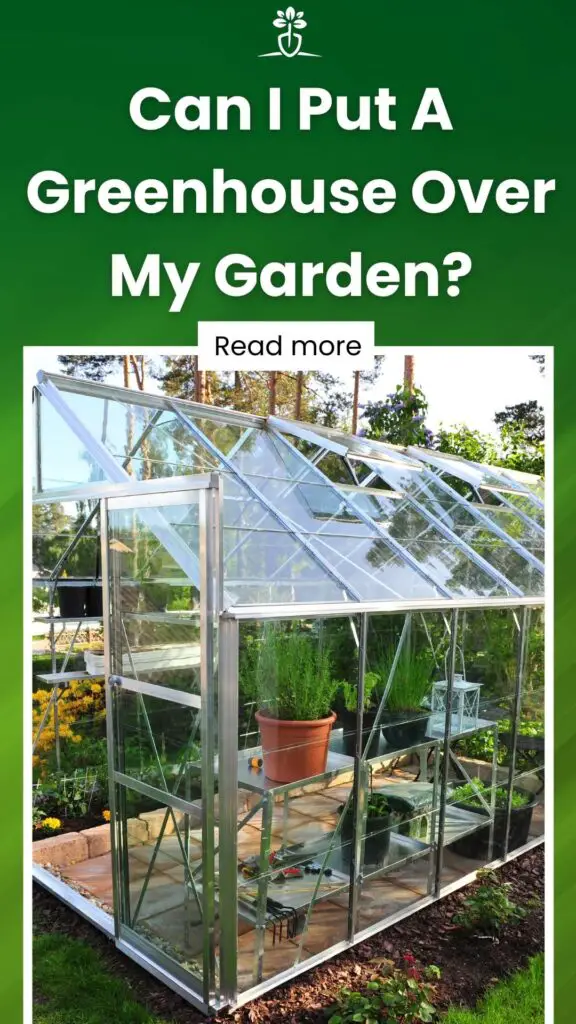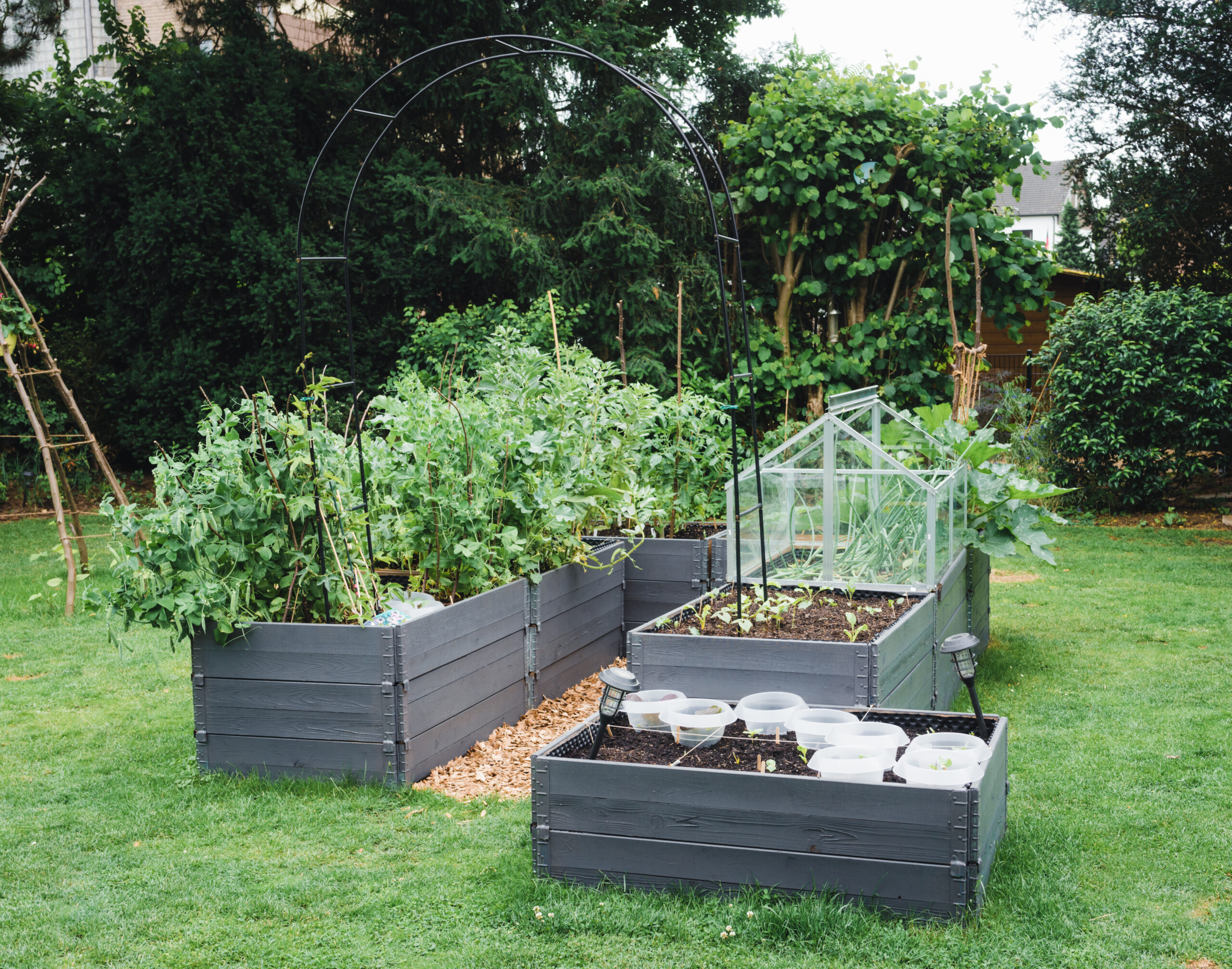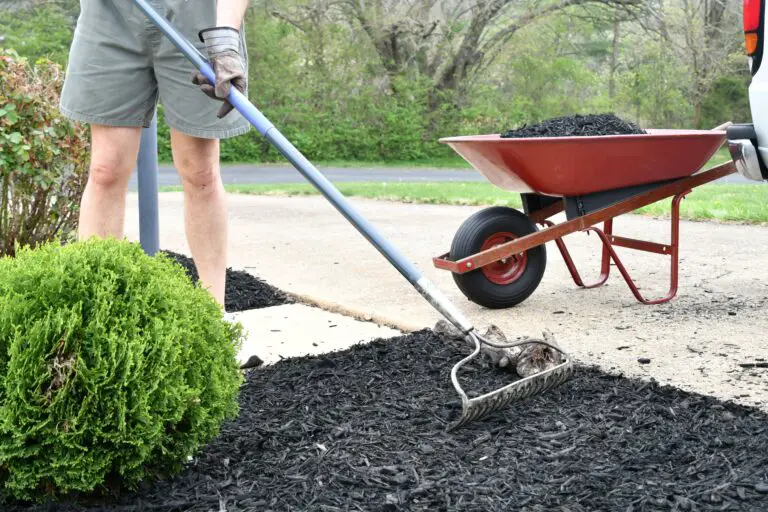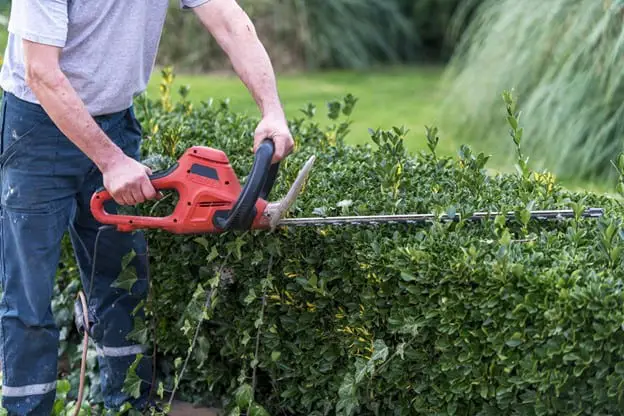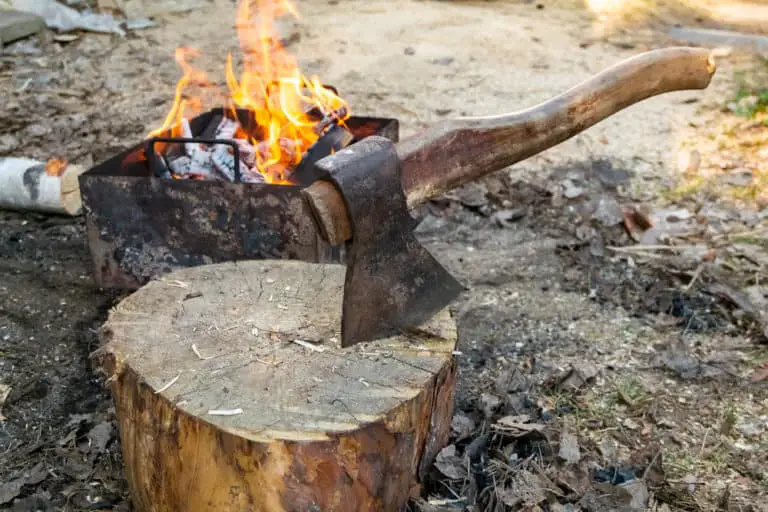Can I Put A Greenhouse Over My Garden?
Many hobbyist gardeners worry about protecting their plants from harsh weather. A common idea is setting up a greenhouse over the garden. But does this really work? **Let’s dive into the idea** of putting a greenhouse over your garden and see the possible benefits for your plants.
You can absolutely put a greenhouse over your garden. There are several benefits to doing this, such as providing your plants with additional protection from the elements, extending the growing season, and creating a more controlled environment for your plants year-round.
However, there are also some potential drawbacks to consider, such as the cost of building or purchasing your own greenhouse and the amount of work that goes into maintaining one. Before you decide to put a greenhouse over your garden beds, be sure to weigh the pros and cons carefully to see if this is the right solution for you and your plants.
Contents
Can I build a greenhouse kit over my garden bed?
 Kits like these (available on Amazon) are a great way to get something set up quickly.
Kits like these (available on Amazon) are a great way to get something set up quickly.
Greenhouse kits are a fantastic way to support your garden beds! By using a kit, you don’t have to go shopping for materials or worry about whether you have all the necessary supplies. You are also able to leave the planning to the manufacturer, as the kits come with specific instructions that tell you how to put the greenhouse together. This can be very helpful, especially if you’re new to gardening.
When you purchase a kit, you also often get extra support from the manufacturer. For example, some companies offer customer service lines that you can call if you have any questions or problems. If you are thinking about installing a greenhouse over your garden beds, a greenhouse kit is definitely worth considering.
Raised bed greenhouse vs. raised bed cover – what is the difference?
Raised bed greenhouses and raised bed covers are both excellent choices for gardening in small spaces.
Raised bed greenhouses are typically made of metal or plastic and feature a clear cover that allows sunlight to reach the plants inside. Raised bed covers, on the other hand, are usually made of fabric or mesh and only cover the top of the raised bed.
Both types of products have their pros and cons, so it’s important to choose the one that’s right for your needs. Raised bed greenhouses are more expensive than raised bed covers, but they offer superior protection from pests and weather extremes. Raised bed covers are less expensive and easier to set up, but they don’t provide as much protection from the elements.
A raised bed greenhouse is typically taller than a raised bed cover, and it has ventilation openings to ensure proper air circulation. A raised bed cover is shorter and does not have ventilation openings. Raised bed greenhouses are typically used to start plants early in the season or to protect sensitive plants from cold weather, while raised bed covers are most often used to protect plants from pests and diseases.
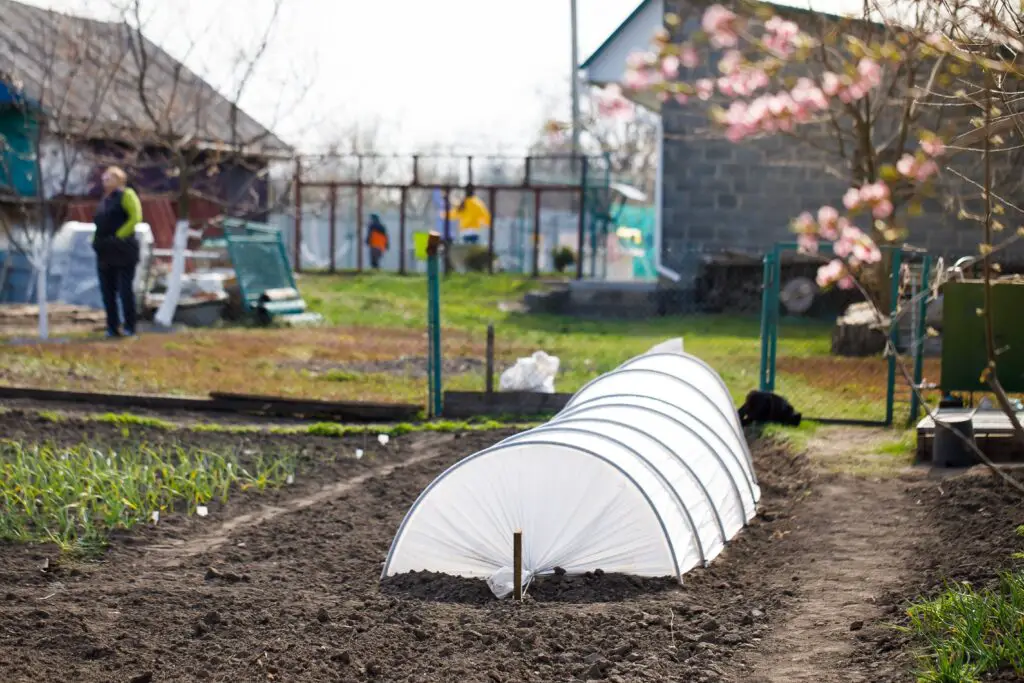
Should I install a greenhouse or a cover over my garden bed?
If you’re looking for a way to protect your garden from the elements, a raised bed greenhouse may be the perfect solution for you. This type of greenhouse is taller than a raised bed cover, features ventilation openings to ensure proper air circulation, and provides superior protection from pests and weather extremes. Raised bed greenhouses are a great choice for gardeners who want to start plants early in the season or protect sensitive plants from cold weather.
If you’re looking for a less expensive option, a raised bed cover may be the better choice for you. This type of cover is shorter than a raised bed greenhouse, does not have ventilation openings, and provides protection from pests and diseases. Raised bed covers are a great choice for gardeners who want to protect their plants from the elements.
Can I put a greenhouse anywhere in my garden?
You can put a greenhouse anywhere in your garden that gets enough sunlight and has enough space. However, there are some areas that are better suited to greenhouse gardening than others.
For example, if you have a particularly shady garden, then putting a greenhouse in a sunny spot will create a microclimate that is perfect for plants that need lots of light. Alternatively, if you live in an area with a very cold climate, then putting your greenhouse near the house can help to keep it warm during the winter months.
Ultimately, it is important to consider both the needs of your plants and the climate of your garden before deciding where to put your greenhouse.
Will a greenhouse protect plants from freezing?
If you’re thinking about setting up a greenhouse, one of your main concerns might be how well it will protect your plants from the cold. After all, you don’t want all your hard work to go to waste when the temperature dips.
The good news is that a greenhouse can provide an ideal environment for keeping plants healthy and happy during the winter months. By trapping heat from the sun, a greenhouse can create a warm and humid environment that is perfect for delicate plants.
In addition, a greenhouse can provide shelter from strong winds and heavy snowfall. As long as you take care to ventilate the space on warm days and provide adequate insulation, your plants should be able to thrive all winter.
Greenhouses can be made out of a variety of materials, including glass, plastic, and even recycled materials like metal food cans. If you have a glass or plastic greenhouse, it will not protect your plants from freezing if the outside temperature gets cold enough.
However, if you have a metal greenhouse, it will help to insulate the inside and keep your plants warmer. In general, the thicker the walls of your greenhouse, the better it will be at keeping your plants warm in the winter.
Will a greenhouse burn my plants?
While it is true that greenhouses can get quite warm, especially on sunny days, this heat is not usually enough to damage most plants. However, there are certain conditions that can make a greenhouse too hot for plants, such as if the temperature inside the greenhouse rises above 100 degrees Fahrenheit.
If this happens, the leaves of plants can start to wilt and they may even suffer from sunburn. To avoid this, make sure to ventilate your greenhouse on hot days and provide shade for plants that are particularly sensitive to heat. With a little care, you can enjoy healthy plants in your greenhouse all summer long.
How to build a DIY greenhouse frame for raised beds
Raised beds are a great way to garden, providing excellent drainage and easy access to plants. But what if you want to extend the growing season? Or protect your plants from pests? A greenhouse frame is a great option. Building a greenhouse frame is surprisingly simple, is a fantastic way to save money and can be done with just a few basic tools. Here is an overview of how to build a greenhouse frame.
Choose your materials
The most important part of the greenhouse is the frame, so it’s important to choose materials that will be strong enough to support the weight of the glass or plastic panels. One option is to use PVC pipes, which can be cut to size and fitted together using PVC connectors. Another option is to use metal pipes, which will be more durable but will require some welding. If you’re not sure which material to use, talk to a local hardware store employee for guidance. 2×4 lumber is also a very popular option – just make sure it is treated appropriately if it is going to be out in the weather, or if it is in contact with your soil.
Measure your garden area
Measure the area where you want to build the greenhouse and add a few extra inches to each side, in order to account for the framing. This will give you the size of the greenhouse frame that you will need. Your local hardware store may offer a cutting service that can make easy work of getting your materials prepared.
If you are hoping to put your greenhouse structure over an existing structure, allow a little wiggle room between your DIY greenhouse frame and the garden bed. Your greenhouse design will need to take the size of the garden bed and the sun light in to consideration.
Assemble the frame
Once you have your materials, it’s time to start assembling the frame. Ensure you are using fixings that are appropriate for the material you have chosen – PVC pipes can be fixed together with PVC cement, metal pipes can be welded, and lumber can be screwed or nailed in place. It is also important to check that the fixings are weatherproof, rust-resistant or otherwise able to be protected from the elements.
Cover the frame
Once the frame is assembled, you can start attaching the panels. If you are using glass or plastic sheeting, it is important to use clips or hinges to secure them in place, as they will not be able to support their own weight. Make sure that there is no wind passing through the gaps between the panels – if there is, your plants will not be very happy.
Plant up your garden beds!
Now that your greenhouse is all set up, it’s time to start planting! There are a number of plants that will thrive in a greenhouse environment, including tomatoes, peppers, cucumbers and strawberries. So get growing!
